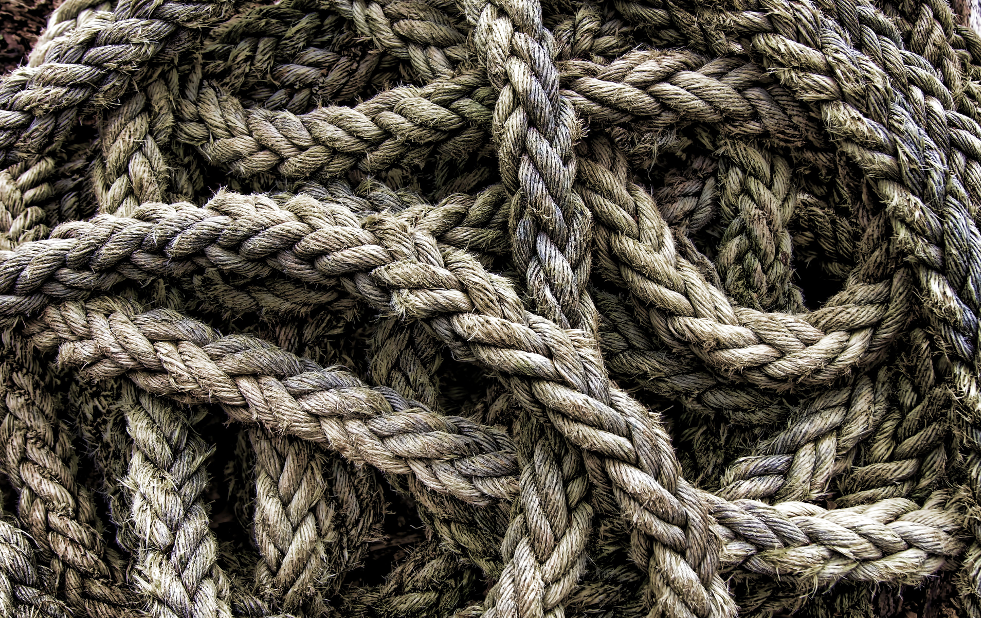
The most essential survival tool available to you today is knowledge. Expensive, all-weather sleeping bags, weather-proof rucksacks and boots that cost more than your TV are all well and good, but when it comes down to it, survival is about ‘knowing’ how to survive. As the famed survival instructor Mors Kochanski said: “the more you know, the less you have to carry”.
Granted, heading out into the wilderness in just your underpants is not something we’d recommend. But, having the fundamental knowledge of being able to build shelter, find food, start a fire and have access to clean drinking water are all essentials to have stored away in your memory. Part of this fundamental learning process should be for you to understand key knots and how to tie them.
Here, we take a look at five knots that are vital for survivalists to have under their belt!
Bowline
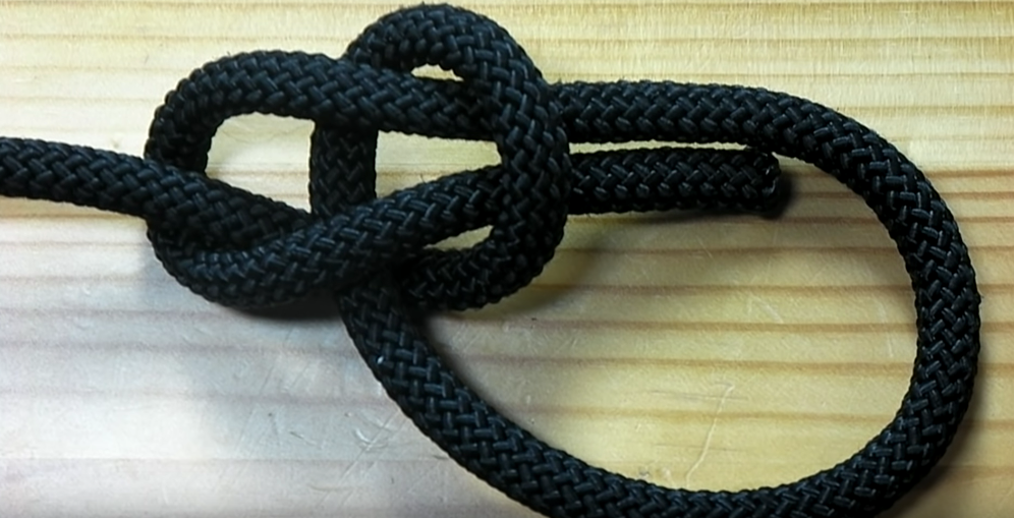
One of the sturdiest and strongest knots in the arsenal of a survivalist, the bowline knot is one that everyone should know. Its design means it can hold a lot of weight without the threat of untying, with the knot increasing in tightness the more pressure that is added.
Uses
A bowline can be used for a myriad of things, such as hanging objects and food from trees, or hanging things from your pack if you don’t have space inside, such as spare boots or cooking pots. If you’ve been hunting with your air rifle or a survival knife, you could also hang your catch from a tree to drain the blood and prepare it for cooking.
Additionally, the knot can be tied around oneself, even one-handed, which makes this one a useful style to have nailed down.
Disadvantages
When gravity is the sole force on the knot, such as things hanging straight down, then this is a great knot. However, when the bowline is pulled in a side-angled direction, it can loosen and potentially come undone.
Clove Hitch
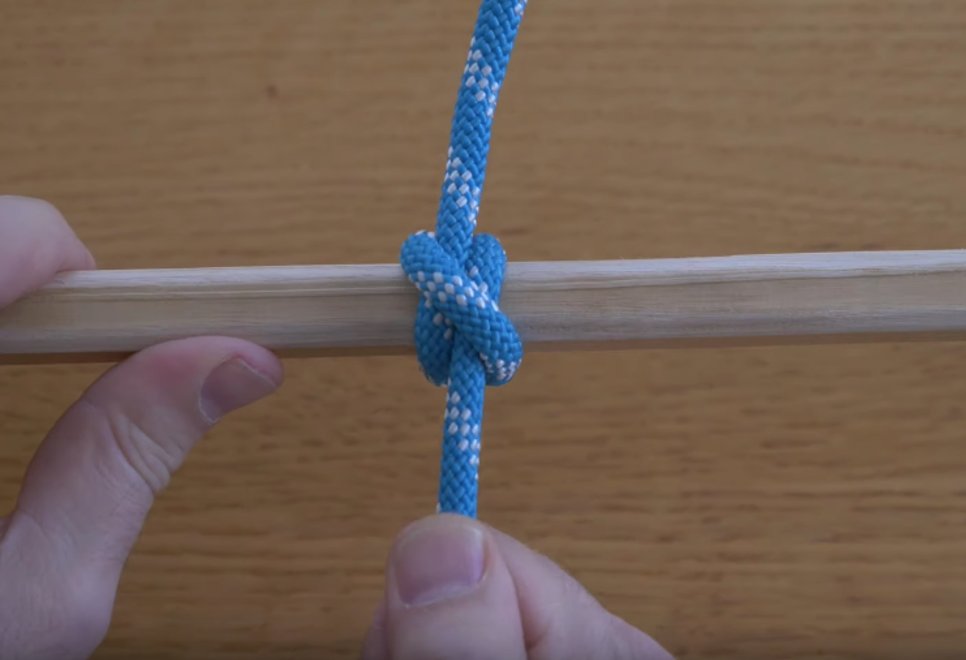
Have you ever wondered how to make an effective fishing rod in the wild? Well, the clove hitch is what you’ll need. This particular knot is used to attach your rope or cord to another object, such as a long fishing pole. This is an effective knot and is super easy to tie.
Uses
Because the clove hitch can be adjusted without untying the knot, this makes it especially useful for raising or lowering heavy items. It could also be used for anchoring or creating a shelter.
Disadvantages
Much like you would check a tent when you’re camping, we’d suggest inspecting the knots regularly if you’re using them for a shelter for an extended period. Wind and rain may eventually loosen the tightness of the knots, so this is something to bear in mind. It’s also worth noting that the knot works best when there is constant pressure being applied, as this will keep it tight.
Half Hitch With/Without Bight
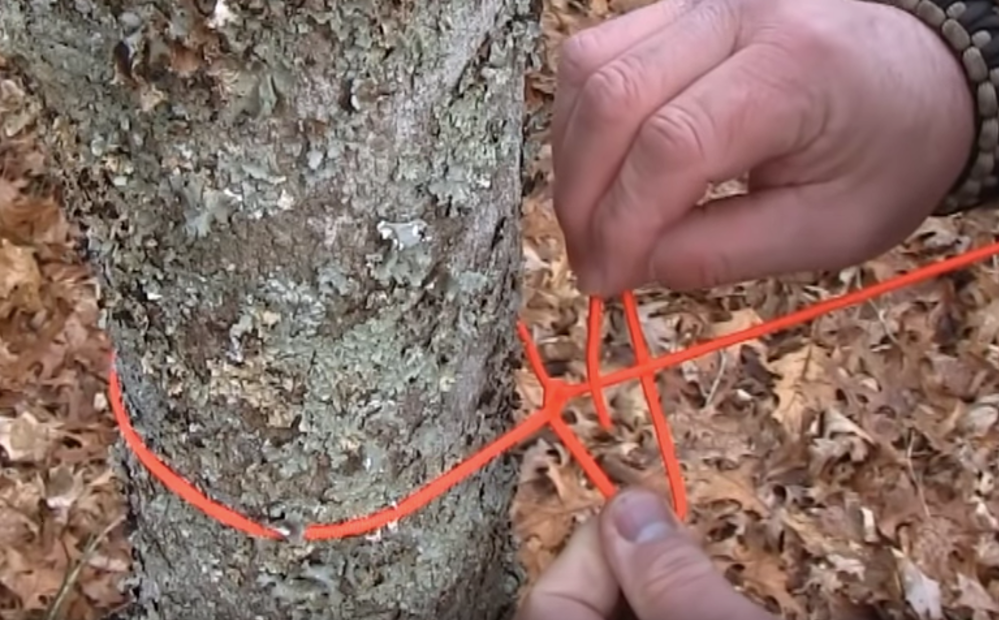
Have you ever wondered how to make an effective fishing rod in the wild? Well, the clove hitch is what you’ll need. This particular knot is used to attach your rope or cord to another object, such as a long fishing pole. This is an effective knot and is super easy to tie.
Uses
Because the clove hitch can be adjusted without untying the knot, this makes it especially useful for raising or lowering heavy items. It could also be used for anchoring or creating a shelter.
Disadvantages
Much like you would check a tent when you’re camping, we’d suggest inspecting the knots regularly if you’re using them for a shelter for an extended period. Wind and rain may eventually loosen the tightness of the knots, so this is something to bear in mind. It’s also worth noting that the knot works best when there is constant pressure being applied, as this will keep it tight.
Half Hitch With/Without Bight
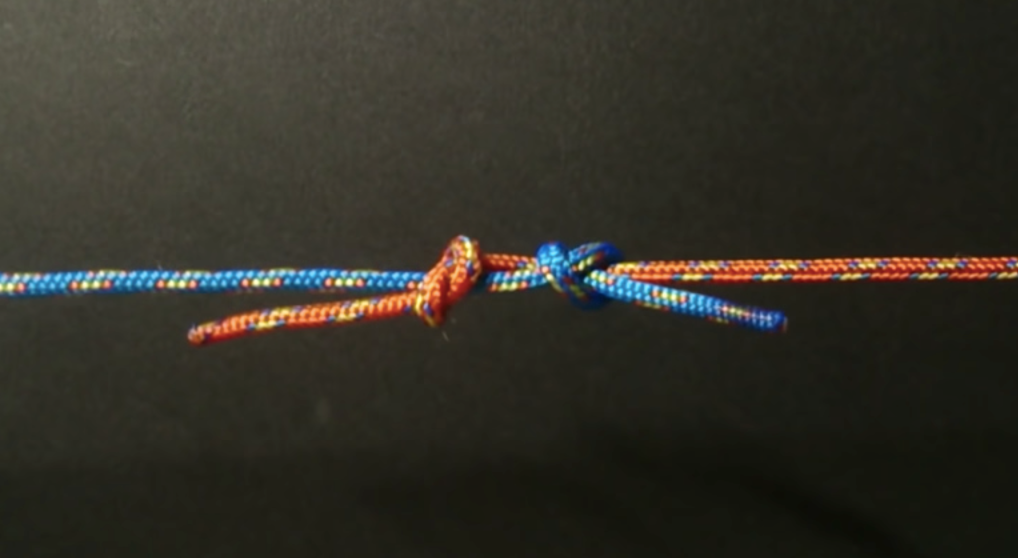
The fisherman’s knot is very good for a specific purpose: combining two separate pieces of cord or rope together without the risk of them untying. That being said, it serves this purpose extremely well and may help you out in a pinch!
Uses
The knot gets its name from the fact that this would often be the first one that anglers and fishermen would learn, as they would tie any loose pieces of line together and could also use it for attaching hooks to their line.
The knot doesn’t slip under strain either, making it good for climbing and the working ends can be cut close to the knot without the risk of failure, once the cord has been pulled tight.
Disadvantages
This knot is particularly difficult to untie, especially if you have cold or wet hands. In theory, this would be used as a permanent fixture rather than being something you may want to untie in the future.
Chain Sinnet
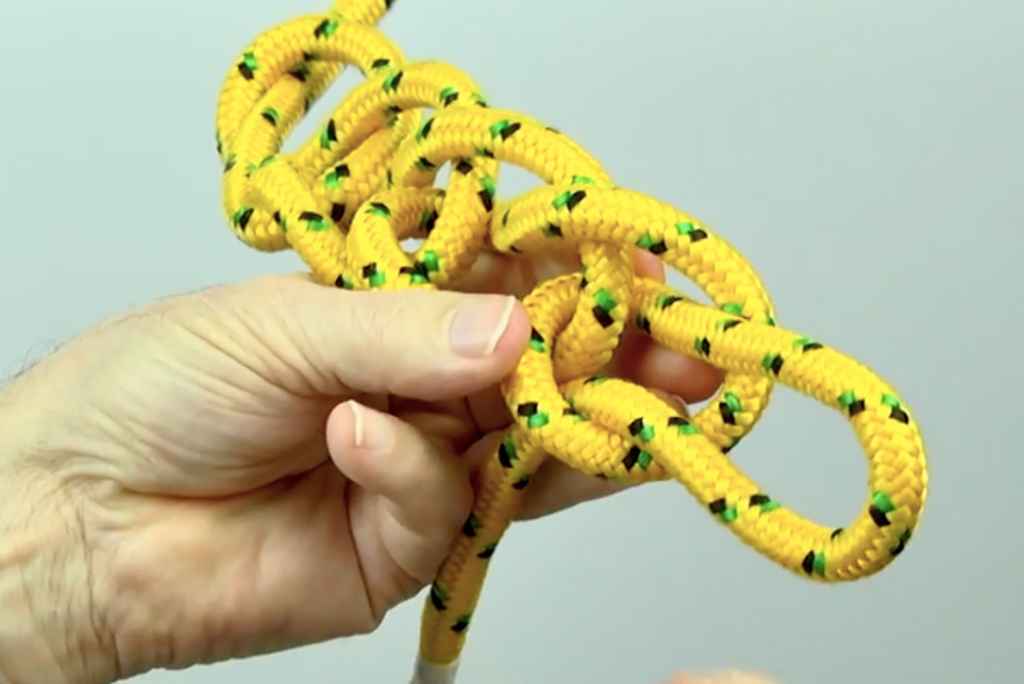
The chain sinnet is not necessarily a knot, rather a way to store rope when not in use. But, it does involve arranging the cord in such a way that it becomes easily accessible and doesn’t tangle, so for that reason, we’ve included it.
Uses
As mentioned, the chain sinnet is perfect for storing rope or cord when not in use and allows you to easily access it whenever you need it, without having to unravel or untangle anything. You can also access as much as you like without having to unfurl all of the cord, meaning that any you don’t need will remain in the chain formation.
Disadvantages
Outside of being useful for storing string, cord and rope, the chain sinnet doesn’t really serve too much of a purpose in the wider survival community. That being said, it will make your life easier, so it’s not one to completely ignore!
For more tips on survival and wilderness skills, including how to fish with basic equipment, check out our survival blog here!

